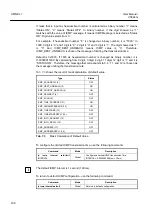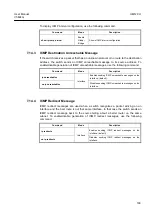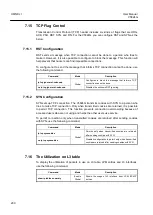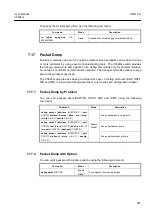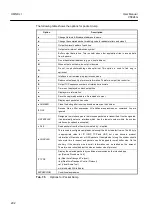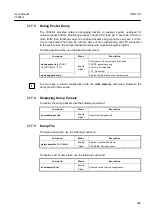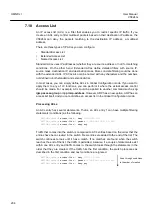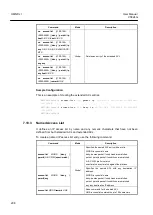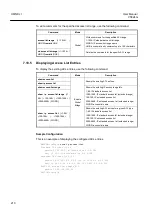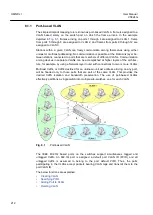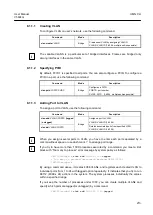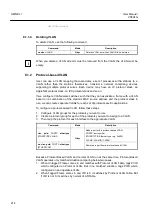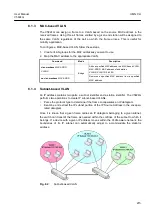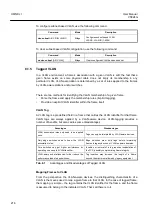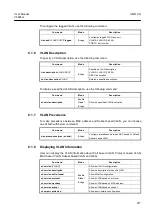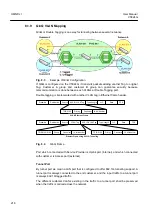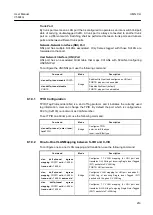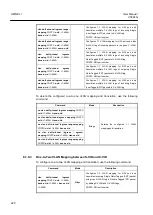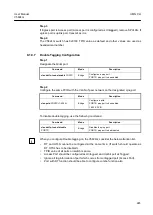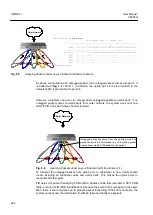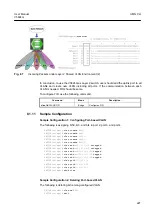
UMN:CLI
User Manual
V5824G
212
8.1.1
Port-based VLAN
The simplest implicit mapping rule is known as port-based VLAN. A frame is assigned to a
VLAN based solely on the switch port on which the frame arrives. In the example
depicted in
, frames arriving on ports 1 through 4 are assigned to VLAN 1, frame
from ports 5 through 8 are assigned to VLAN 2, and frames from ports 9 through 12 are
assigned to VLAN 3.
Stations within a given VLAN can freely communicate among themselves using either
unicast or multicast addressing. No communication is possible at the Data Link layer be-
tween stations connected to ports that are members of different VLANs. Communication
among devices in separate VLANs can be accomplished at higher layers of the architec-
ture, for example, by using a Network layer router with connections to two or more VLANs.
Multicast traffic, or traffic destined for an unknown unicast address arriving on any port,
will be flooded only to those ports that are part of the same VLAN. This provides the
desired traffic isolation and bandwidth preservation. The use of port-based VLANs
effectively partitions a single switch into multiple sub-switches, one for each VLAN.
Fig. 8.1
Port-based VLAN
The IEEE 802.1Q based ports on the switches support simultaneous tagged and
untagged traffic. An 802.1Q port is assigned a default port VLAN ID (PVID), and all
untagged traffic is assumed to belong to the port default PVID. Thus, the ports
participating in the VLANs accept packets bearing VLAN tags and transmit them to the
port VLAN ID.
The below functions are explained.
•
•
•
•

